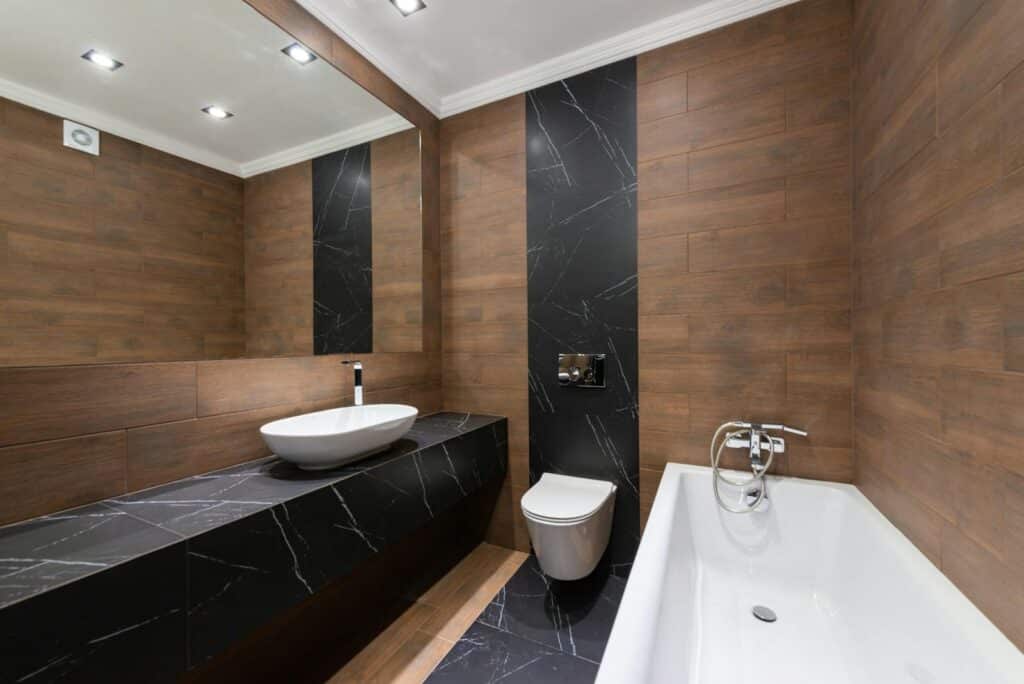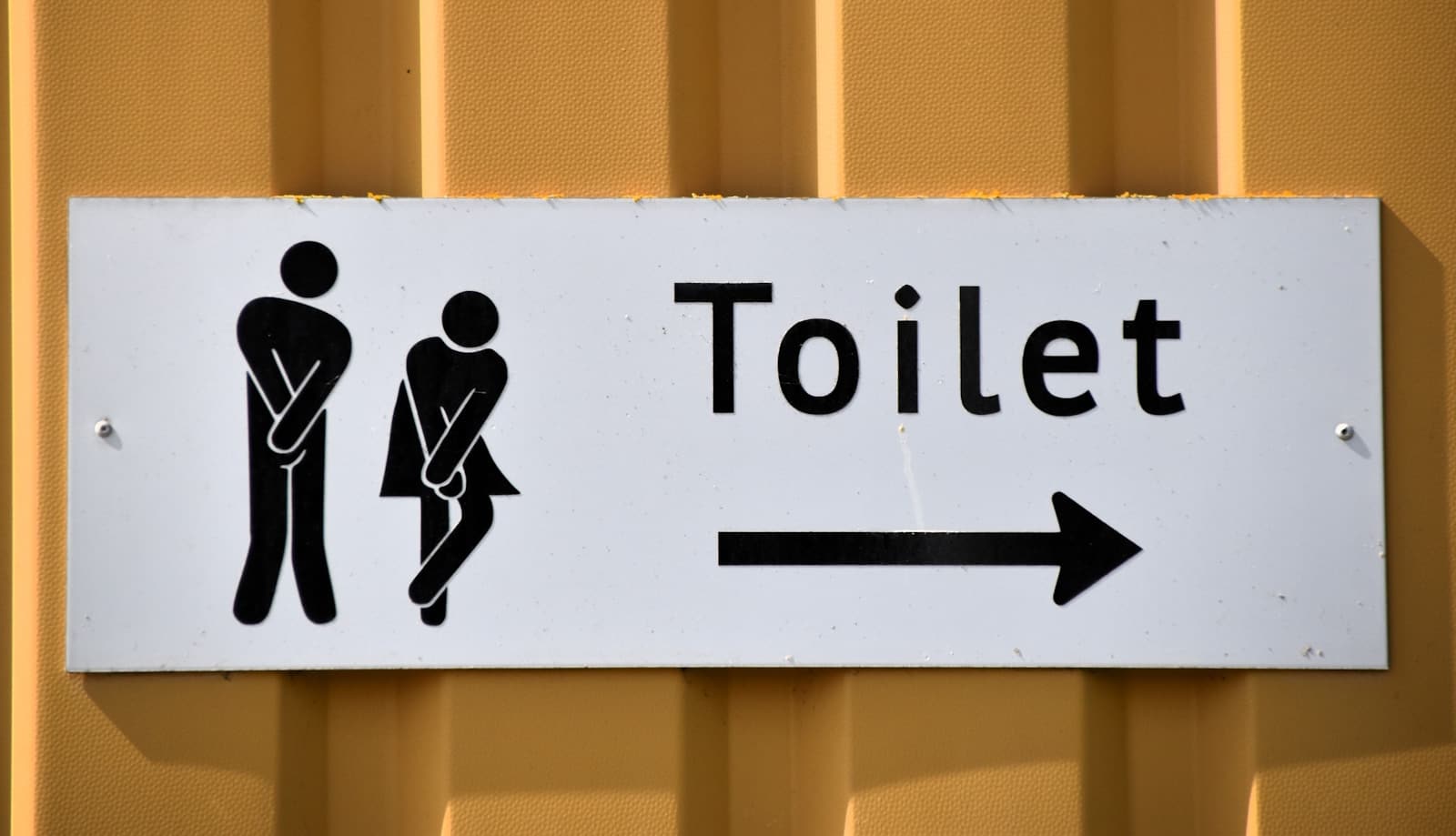A constantly running toilet is more than just an annoying sound—it’s a water-wasting problem that can significantly increase your utility bills. The Environmental Protection Agency estimates that a running toilet can waste up to 200 gallons of water per day, adding unnecessary costs to your monthly expenses while contributing to water waste.
Understanding why your toilet keeps running and learning how to fix it can save you money and prevent the need for emergency plumber visits. Most toilet issues stem from problems within the toilet tank, where several components work together to control water flow. When one of these parts malfunctions, it disrupts the entire flushing system.
This comprehensive guide will walk you through the most common causes of a running toilet, provide step-by-step solutions you can implement yourself, and help you determine when it’s time to call a professional plumber. Whether your toilet runs constantly or intermittently, these troubleshooting tips will help you identify and resolve the underlying issues.

Photo by Max Vakhtbovycn on Pexels
Understanding How Your Toilet Works
Before diving into solutions, it’s helpful to understand the basic mechanics of your toilet. When you press the flush lever, it lifts a chain connected to the flapper valve at the bottom of the toilet tank. This flapper opens, allowing water to rush from the tank into the toilet bowl.
As the water level in the tank drops, the float (either a ball float or float cup) descends, triggering the fill valve to open and refill the tank. The refill tube also sends a small amount of water into the toilet bowl to maintain the proper water level. Once the tank fills to the correct level, the float rises and shuts off the fill valve.
Modern toilets also include an overflow tube that prevents the tank from overflowing if the fill valve malfunctions. When everything works properly, this entire process takes just a few seconds after flushing, and then the toilet should remain silent until the next flush.
Common Causes of a Running Toilet
Faulty Flapper Valve
The flapper valve is one of the most common culprits behind a constantly running toilet. This rubber or plastic component creates a seal at the bottom of the tank, preventing water from flowing into the bowl when the toilet isn’t being flushed.
Over time, the flapper can warp, crack, or develop mineral buildup that prevents it from sealing properly. When the flapper doesn’t create a tight seal, water continuously leaks from the tank into the bowl, causing the fill valve to keep running to maintain the water level.
A leaky flapper often causes the toilet to run intermittently rather than constantly. You might notice the toilet randomly refilling throughout the day as water slowly drains from the tank. This slow leak can be particularly wasteful since it may go unnoticed for extended periods.
Problems with the Chain
The chain connecting the flush lever to the flapper valve needs to be properly adjusted to function correctly. If the chain is too long, it won’t lift the flapper high enough during flushing, preventing complete drainage and potentially causing the flapper to close prematurely.
Conversely, if the chain is too short or tangled, it may prevent the flapper from closing completely after flushing. This creates a gap that allows water to continuously flow from the tank to the bowl, resulting in a running toilet.
The chain can also become disconnected from either the flush lever or the flapper, making it impossible to flush properly. In some cases, the chain may get caught under the flapper, preventing proper sealing.
Fill Valve Issues
The fill valve, also known as the float valve, controls when water enters the toilet tank. When this component malfunctions, it may fail to shut off completely, causing water to continuously flow into the tank and eventually overflow into the overflow tube.
Older toilets often use a ball float connected to a float arm, while modern toilets typically feature a float cup that slides up and down on the fill valve assembly. Both systems can develop problems over time, including worn seals, mineral buildup, or mechanical failure.
A faulty fill valve might cause the toilet to run constantly or intermittently. You may also notice that the toilet takes much longer than usual to refill after flushing, or that the water level in the tank is either too high or too low.
Incorrect Water Level
The water level in your toilet tank should typically sit about one inch below the rim of the overflow tube. If the water level is too high, excess water will continuously flow into the overflow pipe, creating a running sound.
High water levels usually result from problems with the fill valve or float adjustment. The float may be positioned incorrectly, or the fill valve may not shut off at the proper water level. Some newer fill valves have adjustment screws that can be modified to change the shut-off point.
Low water levels can also cause problems, though they’re less likely to result in a running toilet. However, insufficient water in the tank can lead to weak flushes and may cause the toilet to run longer as it struggles to clear the bowl properly.
Worn Flush Valve Seat
The flush valve seat is the surface where the flapper rests to create a watertight seal. Over time, this area can become warped, cracked, or covered with mineral deposits, preventing the flapper from sealing properly even when the flapper itself is in good condition.
Cleaning the flush valve seat often resolves sealing issues, but severely damaged seats may require professional repair or replacement. This problem is more common in areas with hard water, where mineral buildup can quickly accumulate on toilet components.

Photo by Giorgio Trovato on Unsplash
Step-by-Step Solutions to Fix a Toilet
Fixing a Faulty Flapper
Start by turning off the water supply to your toilet using the shutoff valve located behind the toilet. Remove the tank lid carefully and set it aside in a safe location where it won’t break.
Examine the flapper at the bottom of the tank. Press it down firmly against the flush valve seat to see if this stops the running. If the toilet stops running when you hold the flapper down, the problem is likely a warped or damaged flapper that isn’t sealing properly.
To replace the flapper, disconnect the chain from the old flapper and remove it from the posts or ring around the flush valve. Take the old flapper to a hardware store to ensure you purchase the correct replacement. Install the new flapper by reversing the removal process, making sure it sits flat against the flush valve seat.
Before replacing the flapper, try cleaning both the flapper and the flush valve seat with a pumice stone or fine sandpaper to remove mineral buildup. Sometimes this simple cleaning can restore proper sealing without requiring a replacement part.
Adjusting the Chain
With the tank lid removed, locate the chain connecting the flush lever to the flapper. The chain should have slight slack when the flapper is closed but shouldn’t be so loose that it prevents the flapper from lifting fully during flushing.
If the chain is too long, remove some links or adjust the connection point on the flush lever arm. Most chains can be shortened by moving the connection to a different link. If the chain is too short, you may need to add links or reconnect it to a different hole on the flapper or flush lever.
Test the adjustment by pressing the flush lever and observing the flapper’s movement. The flapper should lift completely off the flush valve seat during flushing and then close smoothly without the chain interfering. Make fine adjustments until the chain length allows proper operation.
Replacing or Adjusting the Fill Valve
If cleaning and adjusting other components doesn’t resolve the issue, the fill valve may need replacement. This is a more complex repair that requires some plumbing knowledge, but it’s still manageable for many homeowners.
Turn off the water supply and flush the toilet to empty the tank. Use a sponge or towel to remove remaining water from the tank. Disconnect the water supply line from the bottom of the fill valve, then unscrew the lock nut holding the fill valve in place.
Remove the old fill valve and install the new one according to the manufacturer’s instructions. Most modern fill valves are adjustable and come with detailed installation guides. Reconnect the water supply line and turn the water back on slowly.
For older style ball float systems, you may be able to adjust the float arm to change when the fill valve shuts off. Bend the arm down slightly to lower the water level or up to raise it. The goal is to have the water shut off when it reaches the proper level in the tank.
Correcting Water Level Issues
The ideal water level should be about one inch below the top of the overflow tube. If the water level is too high, adjust the fill valve or float mechanism to shut off sooner. Most newer fill valves have adjustment screws that can be turned to change the shut-off point.
For ball float systems, carefully bend the float arm to adjust the water level. Bending the arm down will lower the water level, while bending it up will raise it. Make small adjustments and test the results before making further changes.
If the float itself is damaged or waterlogged, it will need replacement. A waterlogged float won’t rise properly as the tank fills, preventing the fill valve from shutting off at the correct water level.
When to Call a Professional Plumber For A Constantly Running Toilet
While many toilet issues can be resolved with basic DIY repairs, some situations require professional expertise. If you’ve tried the solutions above and your toilet continues to run, there may be underlying issues that need professional diagnosis.
Call a professional plumber if you notice cracks in the toilet tank or bowl, as these can lead to significant water damage if they worsen. Additionally, if you’re uncomfortable working with plumbing components or don’t have the necessary tools, it’s better to hire a professional than risk causing additional damage.
Persistent running after replacing multiple components may indicate problems with the toilet’s internal structure or the connection to your home’s plumbing system. A professional can diagnose these more complex issues and recommend appropriate solutions.
Consider calling a plumber if you need to replace the entire flush valve assembly, as this typically requires removing the toilet tank from the bowl. This repair involves handling heavy components and making multiple connections that must be properly sealed.
Why Choose G.A. Eberly Plumbing & Heating for Toilet Repairs?
When it comes to resolving running toilet issues, repairs, or even full replacements, G.A. Eberly Plumbing & Heating stands out as a trusted and reliable choice. With years of experience in the plumbing industry, they bring unmatched expertise and professionalism to every job. Whether it’s a simple fix for a flushing mechanism or a complete toilet installation, their skilled team ensures efficient and high-quality service tailored to your needs.
G.A. Eberly Plumbing & Heating takes pride in offering prompt, courteous service and reliable solutions that give you peace of mind. Their customer-focused approach ensures that every client receives clear communication and exceptional craftsmanship. Visit G.A. Eberly Plumbing & Heating today to learn more or schedule your service and leave your plumbing worries behind!
Preventing Future Toilet Problems
Regular maintenance can prevent many toilet issues from developing. Every few months, remove the tank lid and inspect the components inside. Look for signs of wear, mineral buildup, or corrosion that could lead to problems.
Clean the toilet tank components periodically using a mild cleaner or white vinegar to remove mineral deposits. Pay particular attention to the flapper, flush valve seat, and fill valve components. This simple maintenance can significantly extend the life of your toilet’s internal parts.
Replace toilet components proactively rather than waiting for them to fail completely. Flappers and fill valves are inexpensive parts that can save significant water waste when replaced before they completely malfunction.
Avoid using toilet bowl cleaners that hang in the tank, as these can damage rubber components over time. Instead, clean your toilet using bowl cleaners applied directly to the toilet bowl, which won’t affect the tank’s internal mechanisms.
Helpful Resources for Solving Toilet Running Problems
If you’re looking to further explore solutions for your toilet running issues, these resources provide detailed information and guidance:
Common Toilet Problems You Can Easily Fix- Home Depot
A comprehensive guide from Home Depot that explains how to identify and fix common toilet running problems.
How to Fix a Running Toilet – This Old House
A step-by-step tutorial from the experts at This Old House, perfect for tackling the issue effectively.
Common Toilet Problems and How to Fix Them- Lowes
Lowe’s offers a collection of repair tips and replacement advice for toilet components.
Understanding Fill Valves and Flappers – Fluidmaster
Fluidmaster, a renowned name in toilet repair parts, provides an in-depth resource on troubleshooting and replacing fill valves, flappers, and other parts.
Learn about the environmental impact of running toilets and how simple fixes can save water with this guide from the EPA’s WaterSense program.
DIY Plumbing Repair Community – Reddit
An active community of DIYers and professionals on Reddit willing to share advice and solutions for various plumbing problems, including running toilets.
Toilet Cleaning, Parts and Repair – Family Handyman
A compilation of detailed tutorials and photos to walk you through all aspects of toilet repair, from running toilets to full replacements.
These resources not only help you address your immediate issue but also equip you with the knowledge to maintain your toilet and plumbing systems well into the future.
Save Money and Water with Proper Toilet Maintenance | Toilet Keeps Running
A running toilet might seem like a minor annoyance, but it can waste thousands of gallons of water annually while driving up your utility costs. By understanding how your toilet works and learning to identify common problems, you can resolve most issues quickly and efficiently.
Remember that toilet repairs don’t always require professional intervention. Many problems can be solved with basic tools and replacement parts available at any hardware store. However, don’t hesitate to call a professional when you encounter complex issues or feel uncomfortable performing repairs yourself.
Regular maintenance and prompt attention to toilet problems will keep your bathroom fixtures running efficiently for years to come. Take time to inspect your toilet’s components periodically, and address small issues before they become major problems requiring expensive repairs or replacements.


